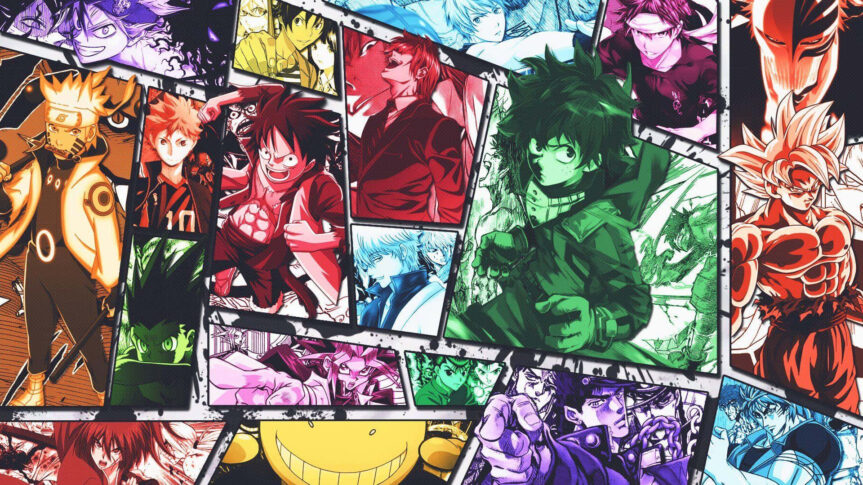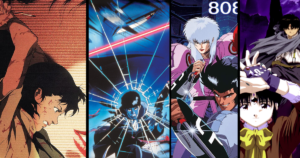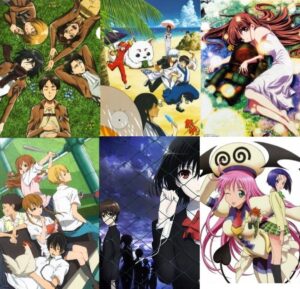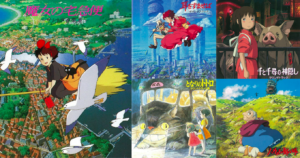PURPOSE OF THE COMPANY:
According to the words of the CEO, Manabu Otsuka, it is the purpose of MAPPA Studios to collaborate with various manga artists to bring their visions to life with the highest level of efficiency by strengthening their in-house production team. They strive to create an environment that could inspire both their audience and the staff, with their passion and love being the number one factor in creating a production studio that boasts global competence.

MARKET AND AUDIENCE:
Their target audience consists of people in their teens or even in their early 40s. Anime has only grown in popularity in recent years and can be enjoyed by a variety of audiences. MAPPA’s versatility in adopting popular manga and creating originals attracts a wide variety of audiences. Their most popular shows consist of themes revolving around action, gore, the supernatural, and politics.

REASONS FOR THEIR SUCCESS:
Originality and Versatility:
The shows that put MAPPA on the map are their originals. A few of the standouts are Kids on the Slope, Yuri on Ice, Banana Fish, and Zankyou no terror (Terror in Resonance). Their strong narrative points with likeable characters and stellar animations drove the audience’s interest. Their standout hit Yuri on Ice was revolutionary in overriding the usual narrative of the gay bait and switch of sports anime while delivering a heartwarming same-sex relationship.
Technical Animation
These were just some of the standouts of MAPPA as a studio.
- The stellar ice skating sequences in Yuri on Ice
- The jaw-dropping visuals of the jazz music performances in Kids on the Slope
- The chilling soundtracks of Banana Fish and Zankyou No Terror all helped to boost the brand into something that was special in a sea of generic action Shounen shows.
The rise of MAPPA as a company can be studied through their takeover of the big titles in Shonen Jump. As MAPPA enters its new era of action shows, they have constantly pushed the boundaries of combining 3D and 2D elements. Furthermore, their love and understanding of the source material of shows like Chainsaw Man allowed the creators to market and deliver the product in the way the author intended. From the openings that were chalk full of Hollywood movie references to the creepy-looking CGI to convey the true horror of the show.
Analyzed how the domestic content rules affect production decisions
In the case of Yuri on Ice, episode 7 contained the infamous kiss scene. It had to be censored as the show was airing weekly on televisions across Japan. However, as Japan is a little conservative, the company chose to go in the direction of creative censorship to keep things tasteful and avoid controversy. This was done while balancing the obvious relationship between the two male leads.
Intellectual property and the ancillary income IPs can generate.
One of the major sources of income for MAPPA is the merchandise for the shows they own intellectual property for. Action figures alone will generate 8.18 billion USD in 2023 for the entire anime industry. Coincidentally, MAPPA has the rights to many strong brands like Attack on Titan, Jujitsu Kaisen, Hells Paradise, and many more. Therefore, the decision to capitalize on its various intellectual properties in many different ways is certainly a good business decision.
Analyze the economic environment of the creative industries internationally.
The decision to start adapting popular IPs truly put MAPPA on the map. Their observations of studios like Madhouse, A-1 Pictures, led them to realize the heights they could reach using popular IPs.









